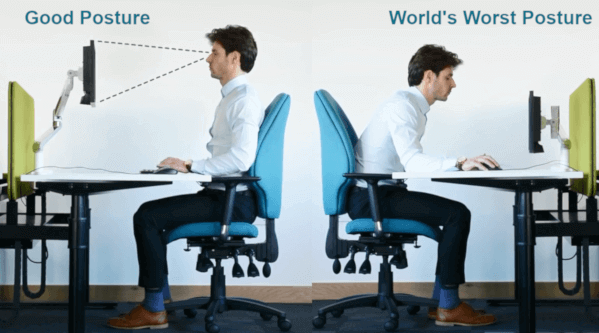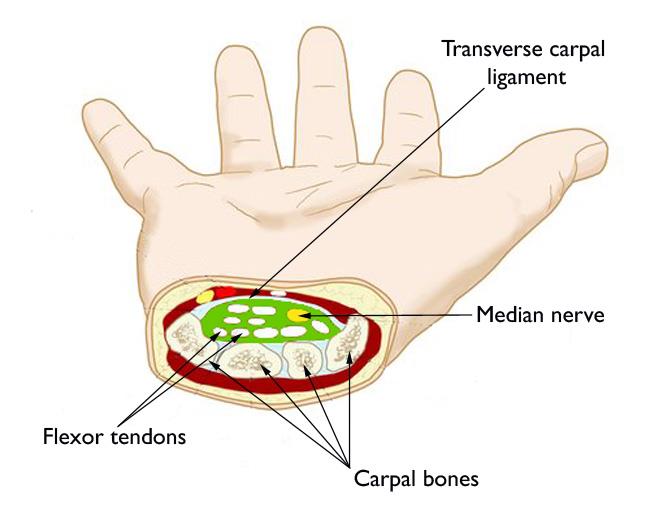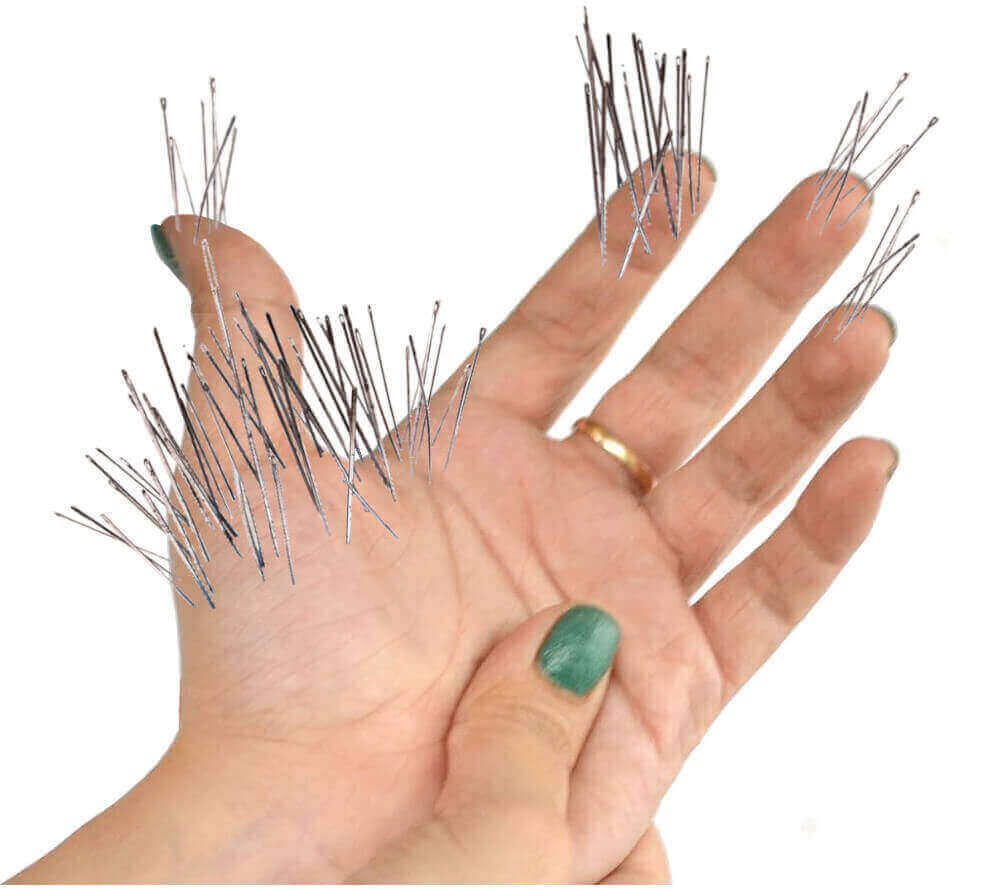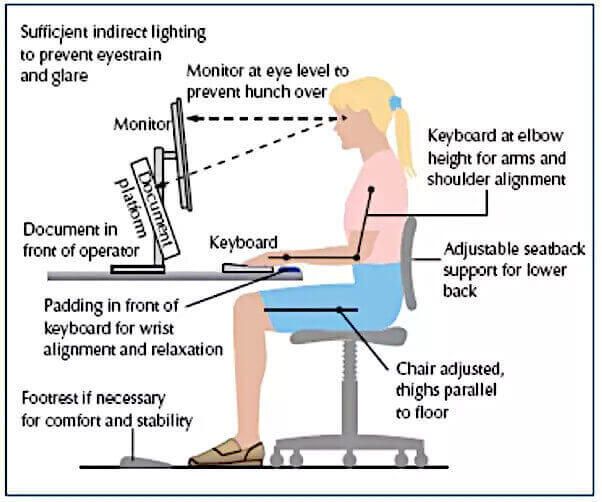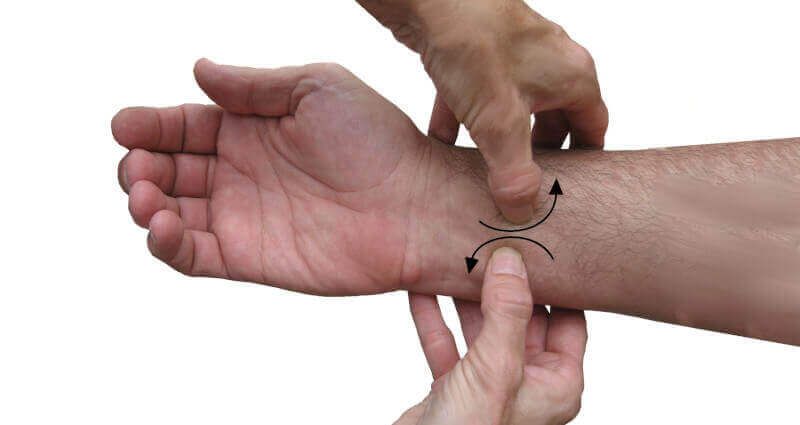Most Effective Carpal Tunnel Treatments Without Surgery
There are highly effective carpal tunnel treatments available without the need for surgery. The best treatment is actually a combination of 4 separate techniques which are used simultaneously. They're scientifically proven to bring lasting relief from carpal tunnel syndrome. This article describes those techniques in detail.
Who needs carpal tunnel syndrome treatments?
People looking for effective carpal tunnel treatments have one thing in common. That is, they tend to have
occupations that require a lot of hand activity. Sure, if they quit their jobs then chances are good their
carpal tunnel symptoms will disappear.
But most people can't simply quit their jobs. However, there ARE reliable and effective ways to relieve symptoms without impacting your job or even having
carpal tunnel surgery.
Most jobs depend on manual work of some kind. Specifically, rapid, repetitive and forceful hand motions are directly linked to carpal tunnel syndrome. If those motions also involve extensive "grip-and-release" activity, then it's a sure recipe for seeing
signs of carpal tunnel syndrome.
Over the past two decades,
numerous studies have shown that certain
high risk jobs share similar rapid, repetitive and forceful hand activities. And that's why they're strongly associated with getting carpal tunnel syndrome.
Another factor CDC points out is that not only does rapid and forceful hand activity cause problems, but so does your
posture. Poor posture can lead to undue stress on the arms and hands while they're also going through rapid, repetitive and forceful motions.
The poor posture causes
imbalance
in the upper body structural frame. The imbalance is transmitted by muscles and ligaments down the arm and into the hand. Whatever was at issue in the hand before (like the beginnings of carpal tunnel syndrome) is now amplified by the unbalanced forces.
If workers don't address this, they will
never
get effective relief from their carpal tunnel treatments. Therefore, whether or not you work in any of these professions, pay close attention to your
sitting or standing posture.
This is discussed in detail below.
How carpal tunnel happens
Doctors and scientists understand a great deal about the condition known as
carpal tunnel syndrome. At it's core, the disorder happens due to problems with the arm's
flexor tendons. These are the ropy structures running from the forearm to the fingertips, on the palm side. They're responsible for flexing (curling) your fingers.
Normally, the tendons glide effortlessly next to each other. But when you perform rapid finger movements, especially repetitively and forcefully, the tendons can become “sticky” due to mechanical stress. That means they don’t glide next to each other as well.
As a result, with time
adhesions begin to form around the stressed tendons. The adhesions undergo repeated cycles of stress, rupture, and subsequent repair. The rupture and repair process happens over and over, sometimes for several years. Eventually that cycling causes the tendons to inflame and swell.
Normally,
tendon inflammation
is not such a big problem. If your tendons become inflamed in the middle of your forearm, for example, they might feel sore or tender for a while. (This is commonly called
tendonitis.) There’s plenty of room for tendons to swell and then calm down with
simple rest.
However, if the swelling happens inside the wrist joint, in the
carpal tunnel space,
the problem is much more complicated. Running directly adjacent to the tendons (inside this tight space) lies the
median nerve.
It controls sensations in the hand and fingers. If tendons swell inside this confinement, they have no place to swell, except
against
the median nerve.
As a result, the nerve gets compressed and ultimately crushed. And that’s what causes all of the
signs of carpal tunnel syndrome
like pain, numbness, tingling (pins & needles), burning, and soreness in the hand and fingers.
With even more swelling, patients lose pinch and
grip strength.
Then their thumb muscle starts to degenerate. This makes curling the thumb (to grip) nearly impossible.
So before all this happens, be sure to use effective carpal tunnel treatments to stop the problem immediately.
Combine these 4 carpal tunnel treatments
If carpal tunnel symptoms are not very intense, it's relatively easy to get relief. This is the
mild stage of the disorder, when symptoms resolve fast and complete. But if you have allowed symptoms to progress to the moderate or
severe stage of carpal tunnel, treatments must be more extensive.
It's worth noting that if you don't begin carpal tunnel treatments NOW then symptoms will likely worsen. Carpal tunnel is a
progressive disorder.
So treating immediately will
avoid much bigger problems later on.
TREATMENT STEP 1: Assess & Modify Your Activity
TREATMENT STEP 2: Night Bracing
TREATMENT STEP 3: Stretching Exercises
TREATMENT STEP 4: Myofascial Release Massage
Conclusion
The best non-surgical carpal tunnel treatments are actually a combination of 4 separate and powerful carpal tunnel fighters. The combination consists of 1) workplace changes, 2) night bracing, 3) stretching exercises, and 4) myofascial release massage. All 4 techniques must be implemented simultaneously for best results.




